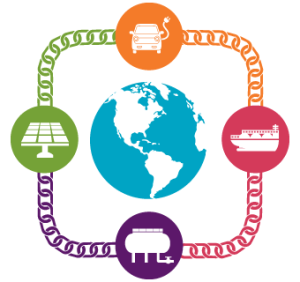DOE Directs FERC to Issue Grid Resiliency Rules Providing Cost Recovery for Traditional Baseload Generation
By Molly Suda, William M. Keyser, Donald A. Kaplan and Elizabeth P. Trinkle
UPDATE 10/5/17: On October 4, 2017, pursuant to authority delegated to the Director of the Office of Energy Policy and Innovation, FERC Staff issued a request that comments filed regarding DOE’s proposed rulemaking address specific questions “in order to assist Staff in understanding the implications of the proposed rule.” The request includes several categories of questions regarding the proposed rule, including the need for reform; eligibility (including with respect to the 90-day fuel supply requirement); implementation concerns; and impact on wholesale market rates. The request also asks commenters to address the timeline for compliance with a final rule; the impact of the proposed rule on consumers; and any alternative approaches that could be taken to accomplish the goals of the proposed rule.
UPDATE 10/3/17: On October 2, 2017, FERC issued a Notice Inviting Comments on DOE’s proposed rulemaking. Initial comments are due on October 23, 2017. Reply comments are due on November 7, 2017. FERC has docketed the proceeding at RM18-1-000.
On September 28, 2017, using the Secretary of Energy’s authority under Section 403 of the Department of Energy Organization Act, the Department of Energy (“DOE”) proposed a rule for final action by the Federal Energy Regulatory Commission (“FERC”). The rule would allow certain traditional baseload generators, such as coal and nuclear plants, to “fully recover costs” to maintain the reliability and resiliency of the electric grid. DOE is requiring FERC to consider and take final action on the proposed rule within 60 days after publication in the Federal Register. In the alternative, Secretary of Energy Rick Perry urges FERC to issue the proposed rule as an interim final rule, effective immediately. The proposed rule has the potential to significantly impact the wholesale electricity markets, implicate a host of issues related to pricing, and draw strong objections from the oil and gas industry.

